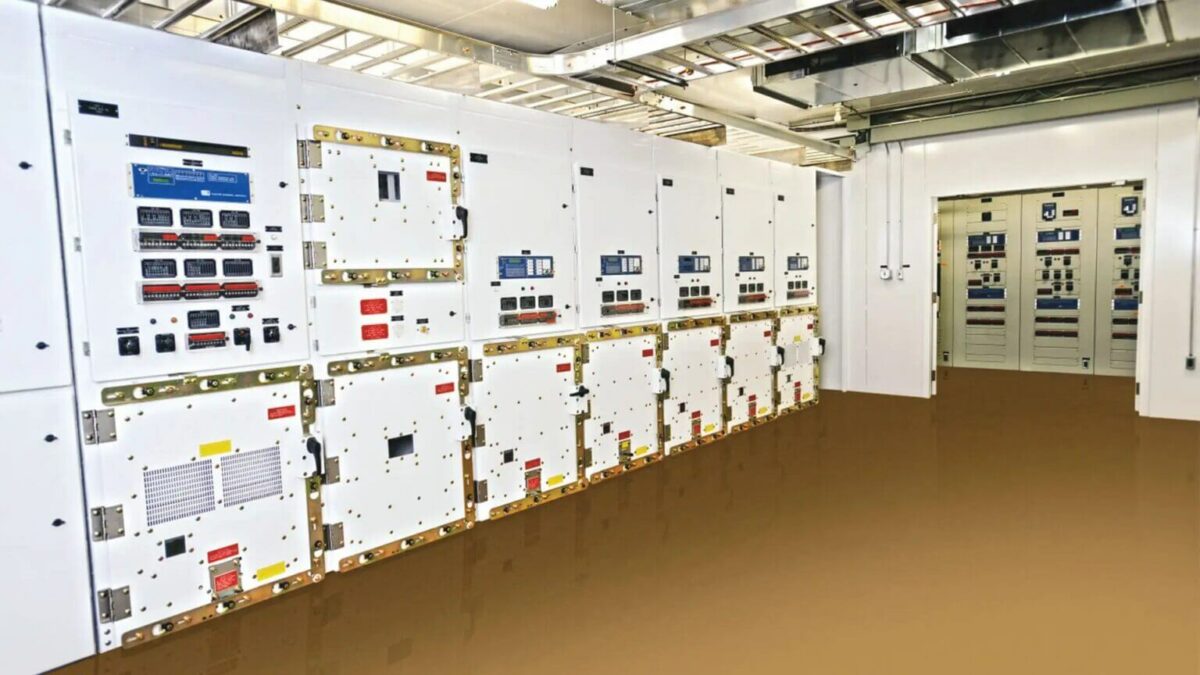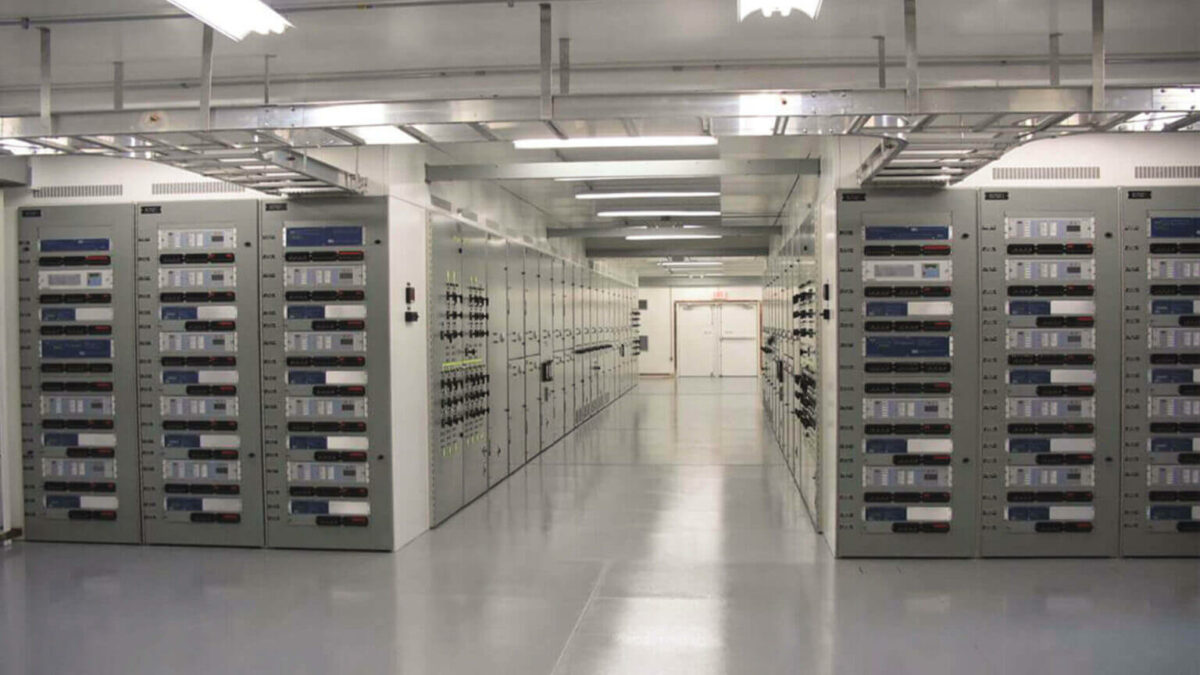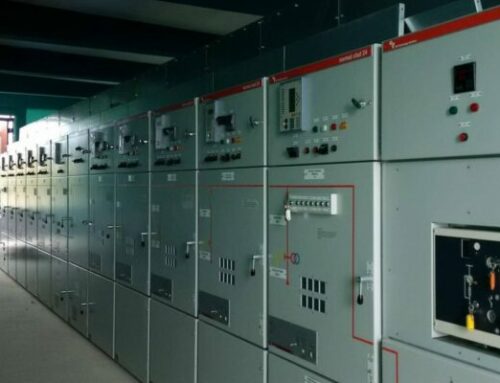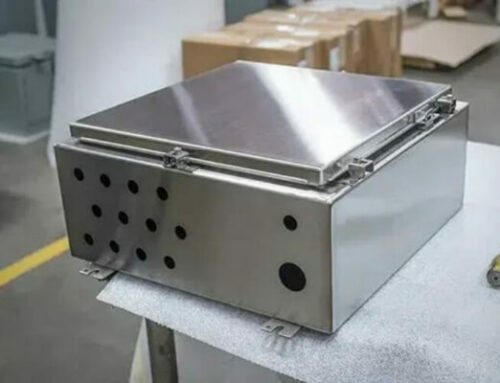Protect workers and equipment from electrical arcs with arc-resistant switchgear. This type of switchgear uses a series of special features to prevent or reduce the effects of arcing. Here’s an overview of how arc-resistant switchgear works, what it does, and how it protects workers and equipment.
1. What is arc flash?
In order to mitigate the harmful effects of arc flashes, arc-resistant switchgear prevents, reduces, and directs worker equipment away from arc flashes. Why is arc flash so dangerous? Also, what caused it to happen?
An arc flash occurs when an electric current passes through ionized air. Usually, it’s the current trying to move from one conductor to another. Energy is released in this way.
The energy of the arc is quickly converted to visible light and extreme heat. The heat expands the air almost instantly. That’s why it exploded. Situations that may trigger an arc include:
- Electrical system failure
- Damage to electrical equipment or insulation
- Improperly installed or maintained electrical equipment
- Human error, especially when workers perform maintenance on live equipment
2. Switchgear arc flash
A switchgear arc flash is an electrical arc that occurs inside a switchgear component or enclosure. When circuit breakers and high-voltage switchgear isolators are opened, arc flashes are common.
Switchgear arcing can also occur between adjacent components, especially if the insulation between them is worn or damaged, or when a switchgear connection becomes loose, corroded, or otherwise damaged.
A tool or animal in a gear assembly that connects two conductors can also create an arc. If an operator inadvertently comes into contact with a live component, an electrical arc can be triggered. When switchgear arcing poses a risk to workers, investing in arc-resistant equipment becomes a high priority.
3. What is arc-resistant switchgear?
The term arc-resistant switchgear refers to switchgear designed to protect operators from arcing hazards. It enables workers to safely maintain equipment without the risk of arc flash accidents and injuries. Switchgear arc flashes can create hazards in the following ways.
- First, the heat generated can be very high, as high as 35,000 degrees Fahrenheit. Such temperatures can quickly melt or vaporize some metals.
- Second, the stress created by the arc flash can cause a dangerous explosion. Shockwaves from switchgear explosions caused by arcing are known to cause cracked panels and flying debris.
To prevent explosions in high voltage switchgear and its associated risks, arc-resistant devices are used. This type of switchgear has special features that control the arc and keep it away from personnel working on or near the switchgear.
4. Switchgear arc protection
Switchgear arc protection primarily involves the use of vents and ductwork to carry the superheated gases and high voltages of the arc flash away from the switchgear enclosure and to a safe location. The area above the switchgear or outside the switchgear can be used for this.
Arc flash protection can also be achieved by arc-resistant switchgear using the following methods.
- Remote loading and switching of switchgear
- Use equipment that reduces the time needed to clear the arc
- Use of reinforced switchgear enclosures, such as extra-thick steel doors and additional hinges
- Include flame barrier in enclosure assembly
- Using shutters to seal switchgear ventilation openings in the event of an arc fault
Workers who maintain and operate switchgear must also wear appropriate personal protective equipment (PPE), including arc suits, gloves, face shields, and other gear. This is for extra protection against injury.
1) Design of arc-resistant switchgear
Arc flash-resistant switchgear is constructed depending on whether it is intended to dissipate arc flash energy inside or outside a building. Under the intense pressure of the arc energy, flaps on this type of switchgear typically open.
The baffle allows the heated gases and pressure of the arc flash to safely exit the enclosure and away from the operator. When the arc flash gases need to be vented outside the switchgear, additional ductwork is required.
According to the manufacturer’s guidelines, a specified height clearance is required from the floor to the ceiling of the room. Among the other features are reinforced switchgear and heavy-gauge steel.
2) Arc flash switchgear ratings
Arc-resistant switchgear is switchgear that can withstand an internal arc flash. The ANSI C37.20.7 standard as well as the ANSI/IEEE and UL standards for electrical switchgear define them.
Unusually, manufacturers state the arc withstand rating of switchgear and provide the operating conditions under which they were tested. Arc flash gear ratings have also resulted in several types of arc-resistant equipment. These will be discussed next.
5. Arc-resistant switchgear type
As defined in ANSI Standard C37.20.7, arc-resistant switchgear has varying arc mitigation capabilities. Arc-resistant switchgear types include Type 1 and Type 2 according to the standard. They provide different accessibility features.
1) Arc-resistant switchgear type 1
Type 1 arc-resistant switchgear is only accessible from the front. This means the operator is only safe if they are standing in the front. This type of AR device is not widely used because it meets less arc-resistant switchgear requirements.
2) Arc-resistant switchgear type 2
This type of arc switchgear provides arc flash resistance throughout its perimeter (front, rear, and sides). Class 2-rated arc switchgear is further classified as Class 2B or Class 2C. Added suffixes specify additional capabilities. This is explained below.
3) Type 2B arc-resistant switchgear
Type 2B arc-resistant switchgear is similar to Type 2. As a result, it includes additional arc resistance since it resists arcing when the low-voltage chamber is open. The added attribute makes the operator safer to use.
4) Type 2C arc-resistant switchgear
The highest level of arc resistance is found in 2C AR switchgear. This includes the characteristics of Type 1 and Type 2B, plus an additional characteristic: arc resistance in individual compartments. As far as arc-resistant switchgear is concerned, Type 2B is the most common, and Type 1 is the least popular.
6. Conclusion
Explosions caused by switchgear arcing can damage equipment, injure workers, and cause fires. This makes it a serious hazard in switch rooms. It is common for electricians to install arc-resistant switchgear in order to mitigate the risks associated with arc flash events. Switchgear designed to contain and redirect the energy of an arc flash protects people and equipment from its destructive effects.






Leave A Comment